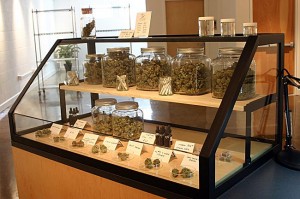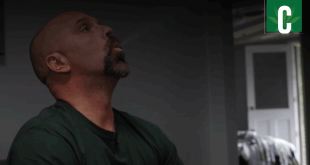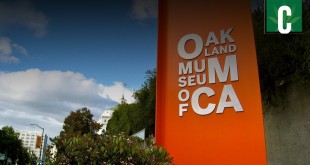Plans to open a “green light” marijuana district in San Francisco have run into problems at City Hall.
 The city’s planning commission voted in October to delay the permit process for a new medical cannabis dispensary in the Excelsior neighborhood, which is located near the border with South San Francisco.
The city’s planning commission voted in October to delay the permit process for a new medical cannabis dispensary in the Excelsior neighborhood, which is located near the border with South San Francisco.
The neighborhood currently has three pot shops, and the industry sought to add a fourth. SPARC, the company that already owns a dispensary in South of Market, wants to open a second location in Excelsior.
But opponents claim the two dispensaries located south of Green Avenue, in the neighboring Crocker-Amazon community, have drawn a “bad element.” Empirical evidence in California and elsewhere refutes that claim, but it’s an easy way to get rid of a pot shop you don’t want in your neighborhood.
The San Francisco Planning Commission won’t return to the permit process until December, and it’s not clear whether they’ll ultimately approve it, but indications don’t look good.
The board’s decision is just the latest in long-running attempts by local government to stamp out medical weed across California. Hundreds of communities, from towns and cities to entire counties, have banned dispensaries, leaving large swaths of the state without access to medicine.
Neighborhood groups like those in San Francisco are one of the driving forces behind these bans, making frequent false claims that marijuana is harming neighborhoods and children.
Unfortunately, the other driving force – local politicians – use these complaints as an excuse to stop a form of medical treatment they personally don’t like.
Voters were clear in their intent when they passed the Compassionate Use Act in 1996, but since that time countless local and state politicians have tried to undermine the law.
Aside from those canards, though, members of the planning commission may have a point: There are already too many dispensaries in too small an area, they said.
“We do have a situation where clustering is a problem,” said Rodney Fong, the commission’s vice president. “SPARC is a great organization . . . but there are just too many.”
 San Francisco officials are also debating changes to the city’s medical marijuana rules, which were last updated in 2005. Those regulations forced dispensaries to cluster inside a so-called “green zone” that covers less than 5 percent of the city.
San Francisco officials are also debating changes to the city’s medical marijuana rules, which were last updated in 2005. Those regulations forced dispensaries to cluster inside a so-called “green zone” that covers less than 5 percent of the city.
Any changes to those rules would require a vote by the San Francisco Board of Supervisors, which has shied away from the issue for years. Even if supervisors do update the regulations, they won’t be able to do it before SPARC comes back for a permit in December.
“We thought we did everything perfectly,” said Robert Jacob, the company’s executive director (and mayor of the small town of Sebastopol). “But we’ll listen to all the concerns and try to address them.”
 California Marijuana Market Breaking "Marijuana News" from CA
California Marijuana Market Breaking "Marijuana News" from CA




